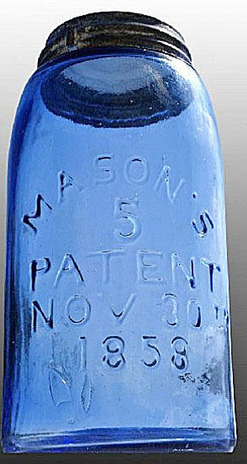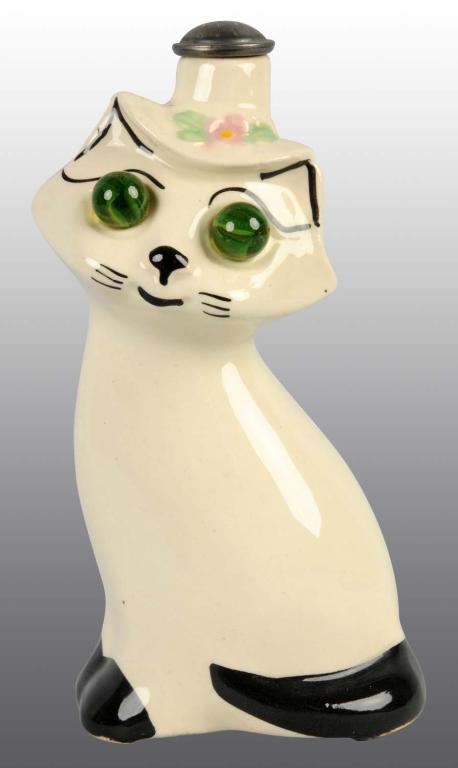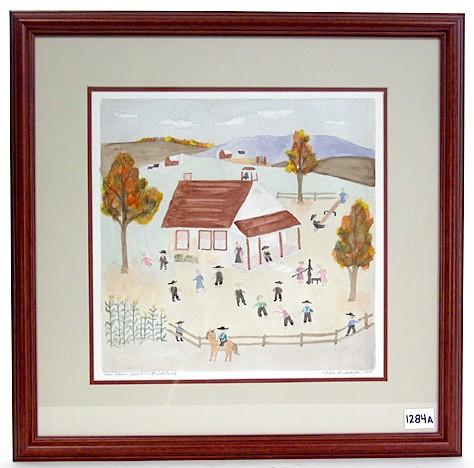
A quart cobalt Mason's glass fruit or canning jar with embossed Patent Nov 30th 1858
Canning jars are one of those technological advances that have become so ubiquitous we’ve forgotten just how revolutionary the development of food preservation really was! One could argue that canning made modern Europe possible. Food supplies were, of course, of the greatest importance to sustaining large armies on the move, so important in fact that the French government offered a 12,000 franc prize in 1795 (about $17,000 in today’s Euros) for a food preservation method to serve the military’s needs. The winner, Chef Nicholas Appert, offered a way to heat food in glass jars and seal them with pitch (yum?) among other things, paving the way for all sorts of food preservation developments in the 19th century.
Early methods of sealing often destroyed the jar’s rim, so when tinsmith John Mason figured out how to cut threads into a tin lid and paired the lid with a jar with a threaded glass top, home canning became dramatically more practical and affordable. It’s common to see Mason jars with a patent date of 1858 (like the cobalt one pictured above), but these jars are not early; early Mason jars had no marks, and this design appeared in the 1880s. In reality, sales were slow until this point, largely because clearer forms of glass were still expensive, and dark glass had the unappealing trait of obscuring the color and quality of the canned materials. Still, Mason’s development has almost become a generic substitute for canning jar, and Lightning jars (the ones with the built-in wire clamp) and Ball jars soon followed. In 1915, Alexander Kerr developed the system of separate rings and lids that is still in use today.
The variety of shapes is astounding, and colors range from blues and aquamarines to ambers and yellows; of course, the rarer the color, the higher the price which explains this beautiful example‘s price. Also, while there are certain rarities from the well-known makers already mentioned, collectors seeking completion will pay high prices for lesser-known companies, like Ladies’ Favorite and Hero. With canning jars as common as they are, it’s worth familiarizing yourself with what’s valuable – you may be surprised by what’s in your own basement!
-Hollie Davis, Senior Editor, p4A.com






